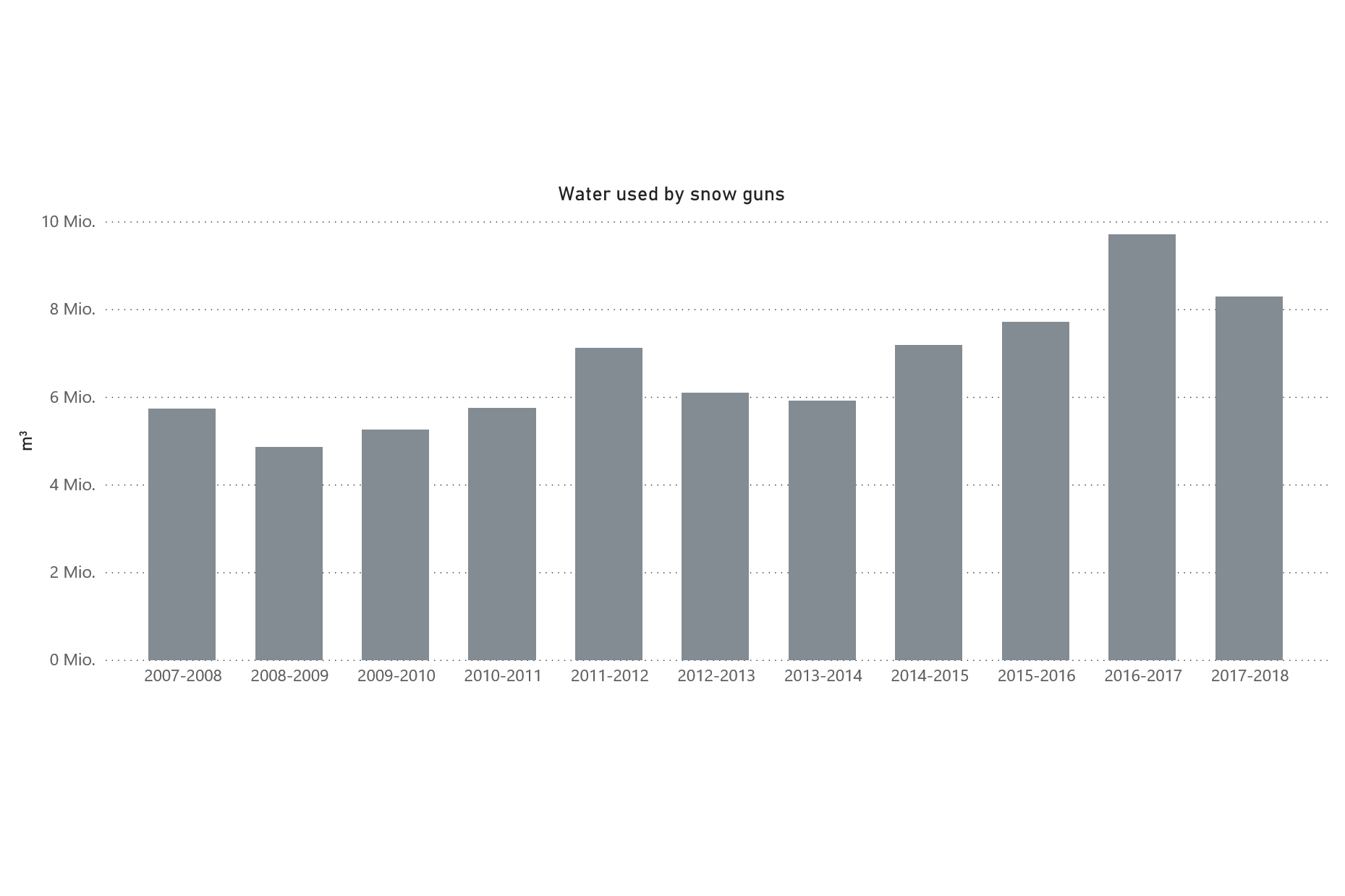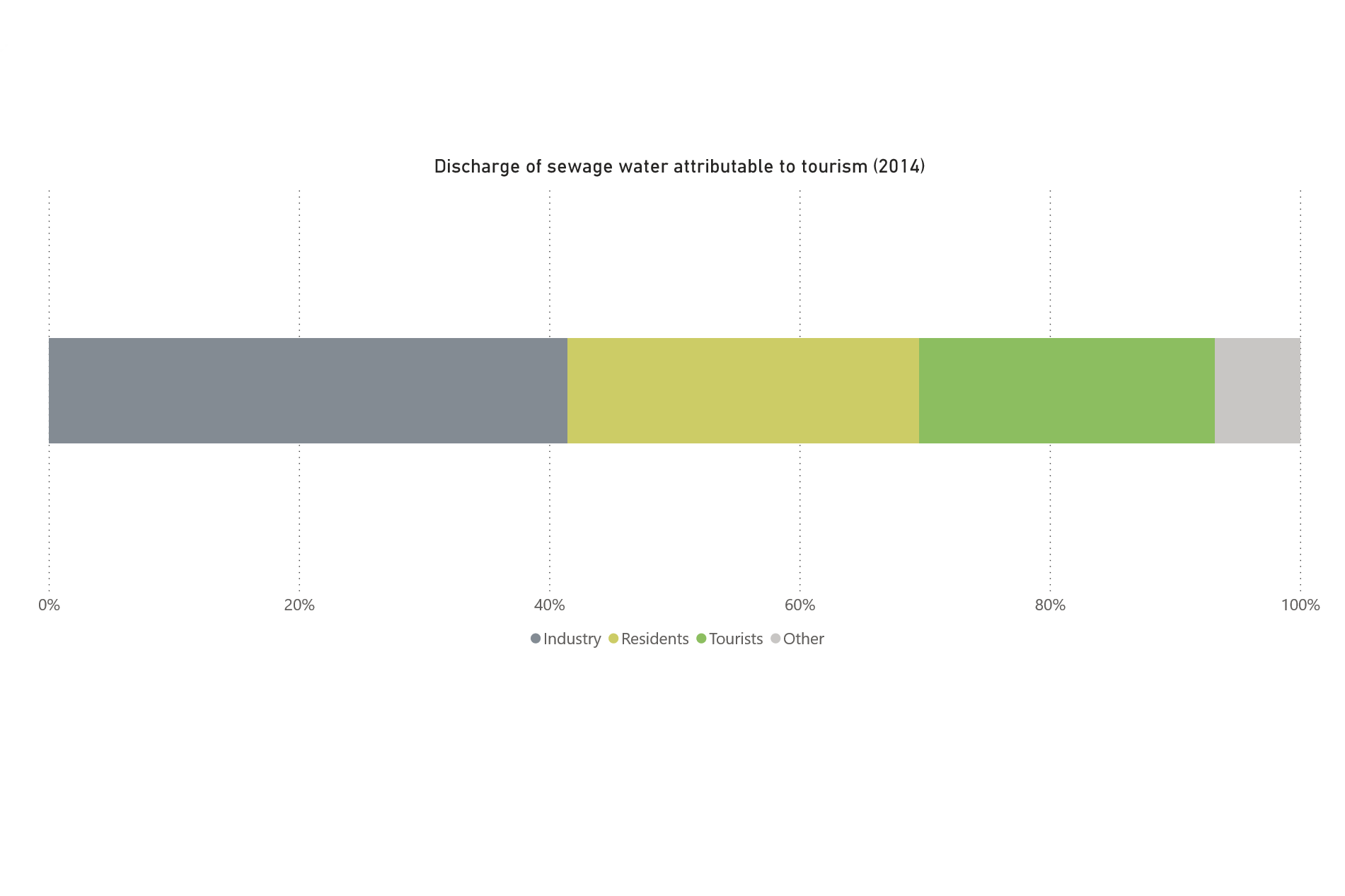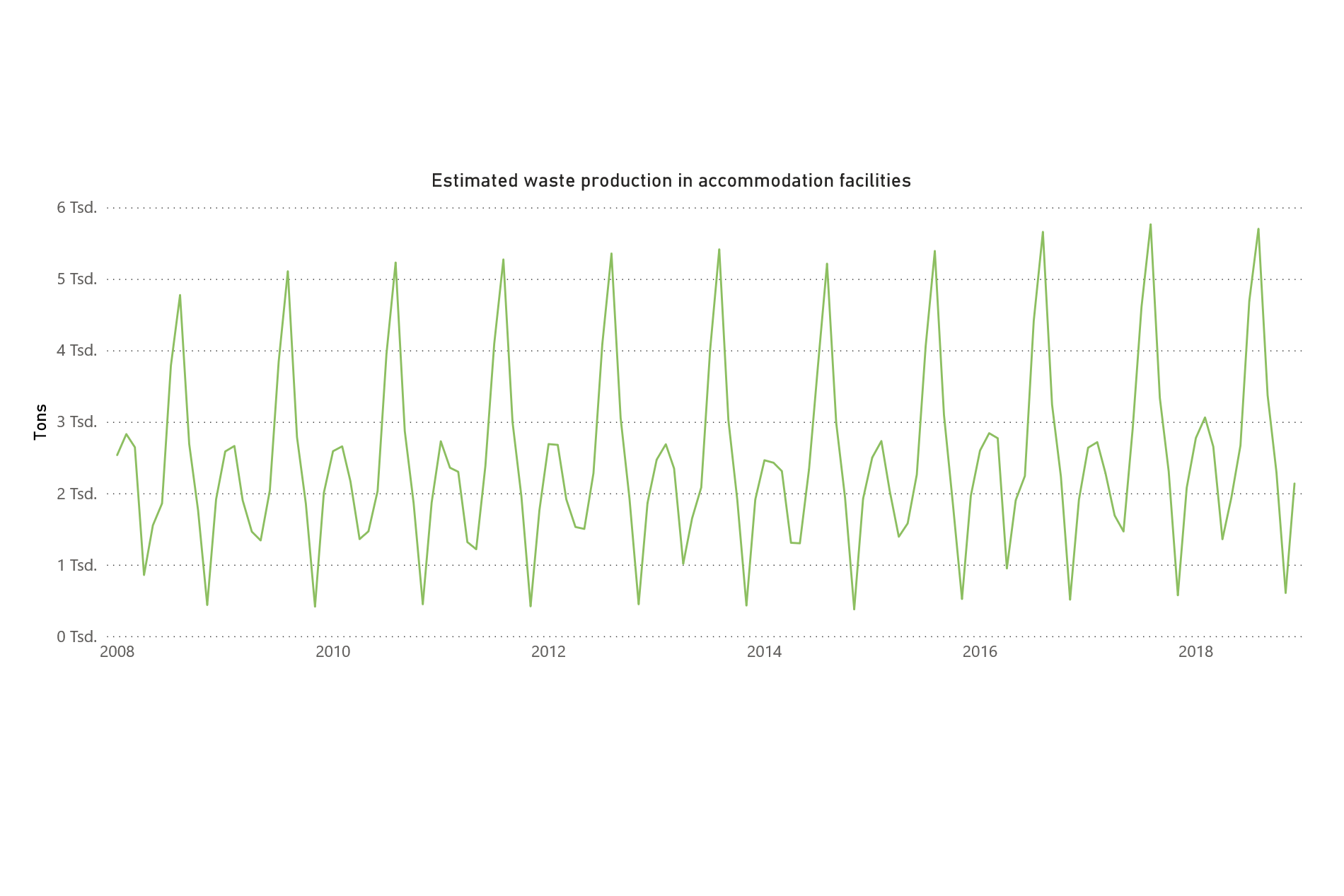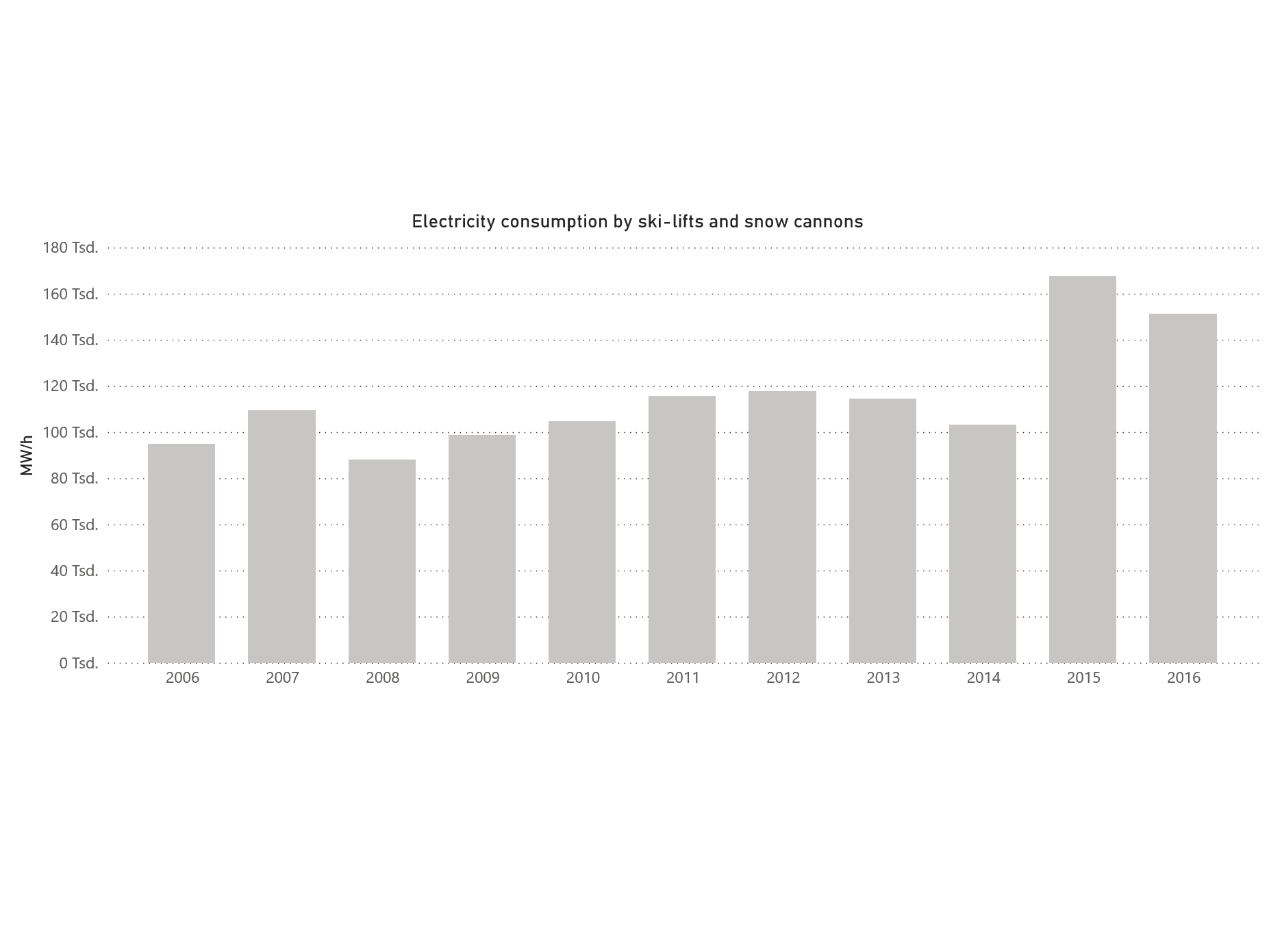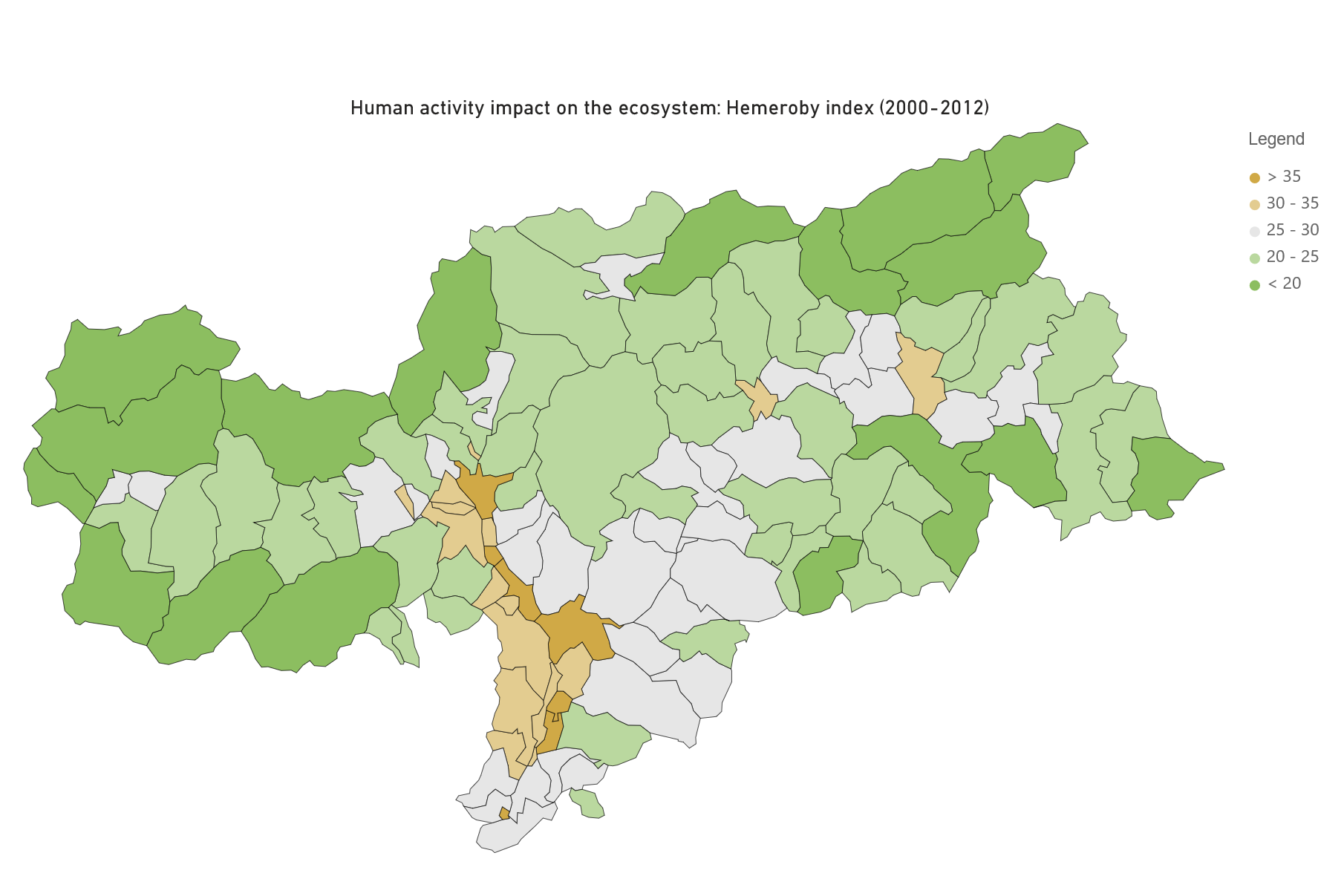In high season, individual mobility generates congestion and pollution, creating discomfort for residents and tourists.
From November 2007 to October 2008, more than half (51.2%) of the almost 14 million light vehicles entering South Tyrol were related to tourism1Scuttari et al., 2013. It is well known that Tourism without transportation is inconceivable, as the tourist system is intertwined with transportation systems2Pearce, 2005. The process of accessing and returning from tourist sites alone, i.e. travel to the tourist location, requires approximately 90% of the energy used globally in tourism3UNWTO, 2014.
The growing trend in international mobility pressures the environment, from land and spatial use, energy consumption, air and noise pollution, and greenhouse emissions. Monitoring transportation-related data provides an early warning of possible infrastructure pressures, and it might help forecast and therefore prevent congestions on peak days. In South Tyrol, 85.5% of incoming tourists enter the region by means of private transport and 55.7% use this means to travel around during their holiday4ASTAT, 2009; ASTAT, data available on demand. The fact that South Tyrolean tourism markets are not relying on the use of air connections is positive in terms of greenhouse gas (GHG) emissions. However, the absence of an airport translates increases the pressure on the local road infrastructure.
MORE ABOUT ENVIRONMENT

Water Management
Various tourist activities, for example skiing or golf, require large amounts of water.

Wastewater Management
A high concentration of tourism in certain months of the year can lead to overloading of water treatment plants.
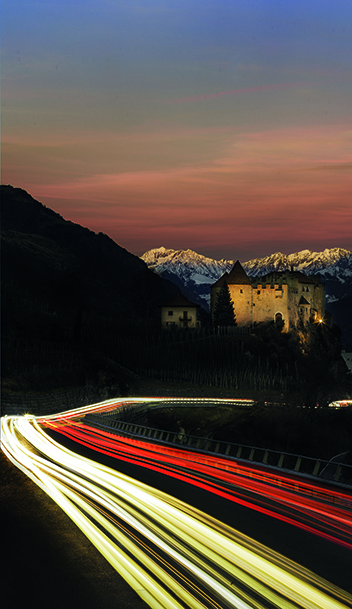

Waste Management
Sorting waste is more complicated in tourism, due to the use of single-dose products, but also due to tourists’ lack of knowledge of the specific rules for the separation of waste.

Energy Management
An increase in the number of tourists leads directly to an increase energy consumption in the destination. If the quality of tourism increases, the demand for luxury services increases, which in turn increases average energy consumption of a tourist.

Nature Conservation
The presence of protected areas guarantees greater sensitivity to the environment and more nature-friendly forms of tourism.


